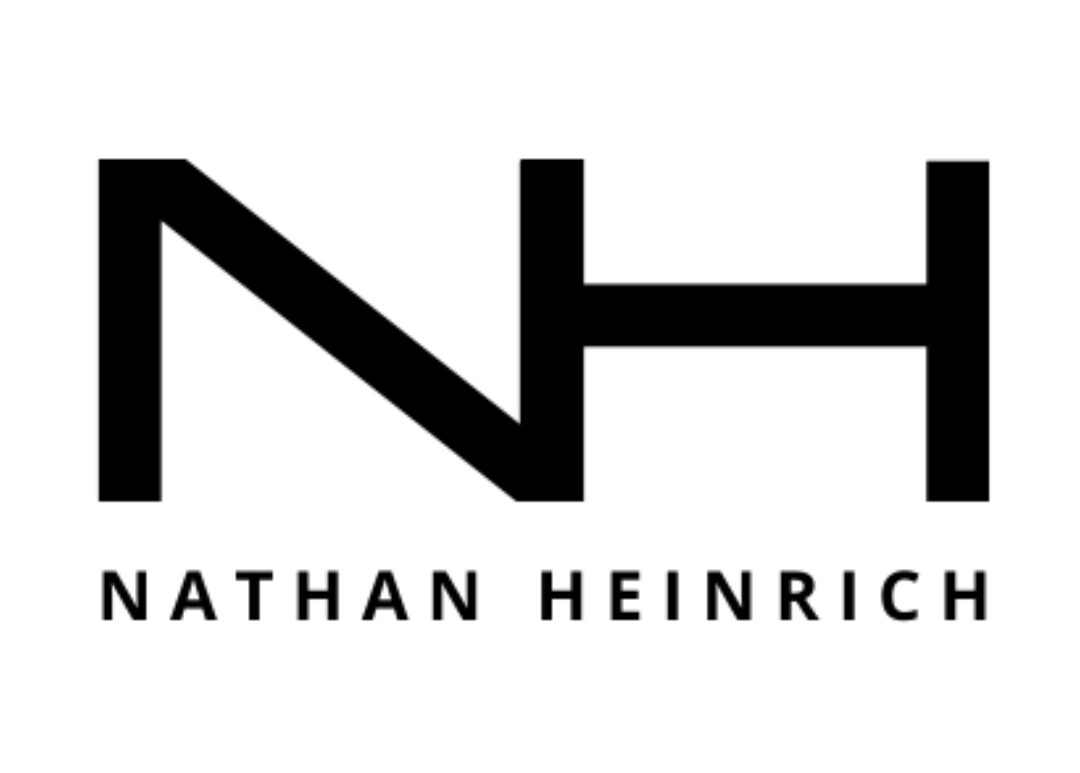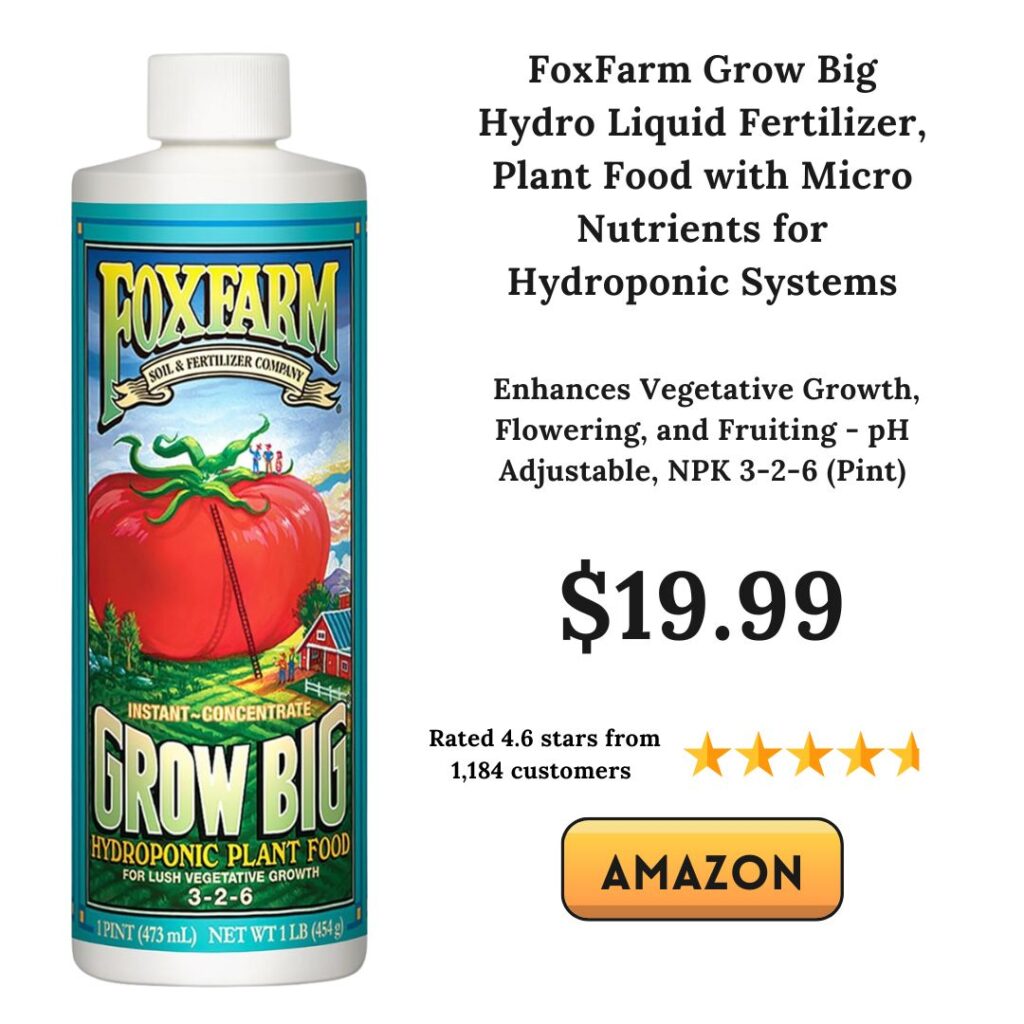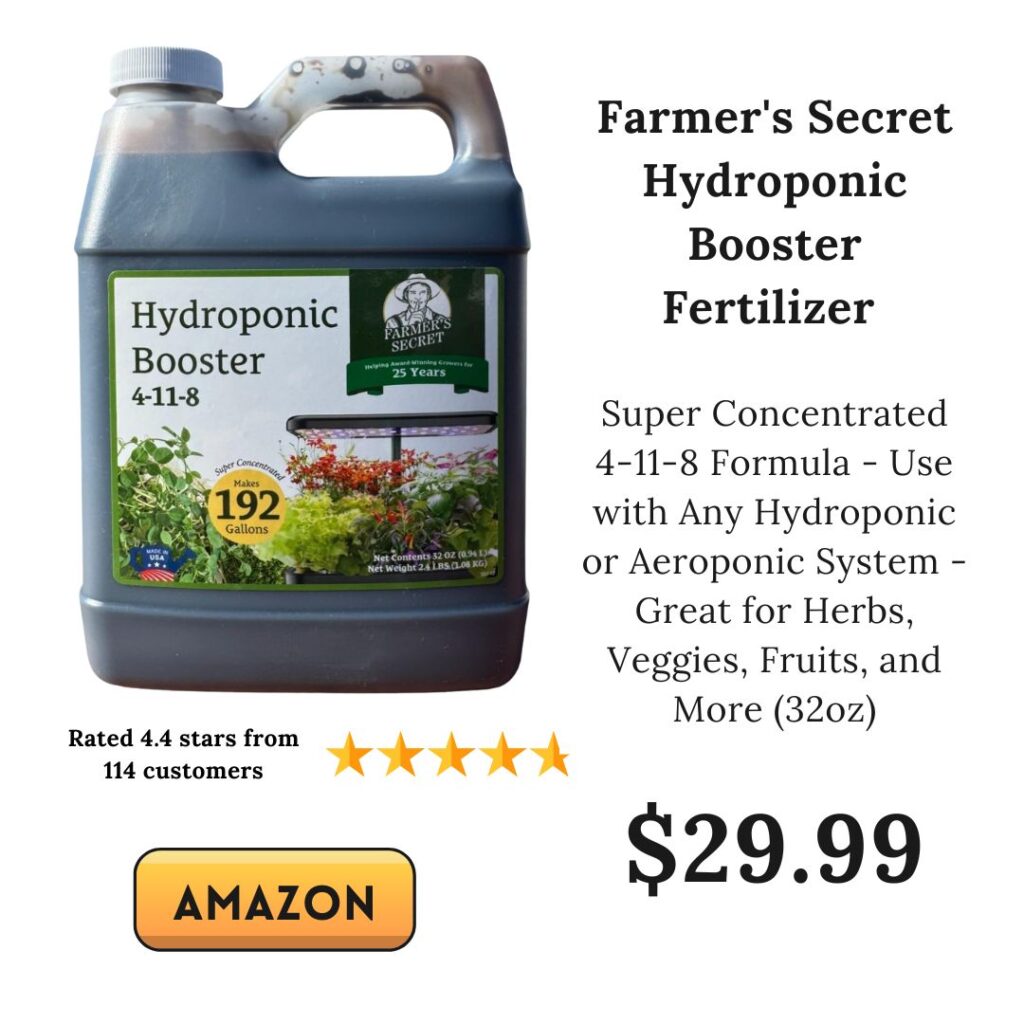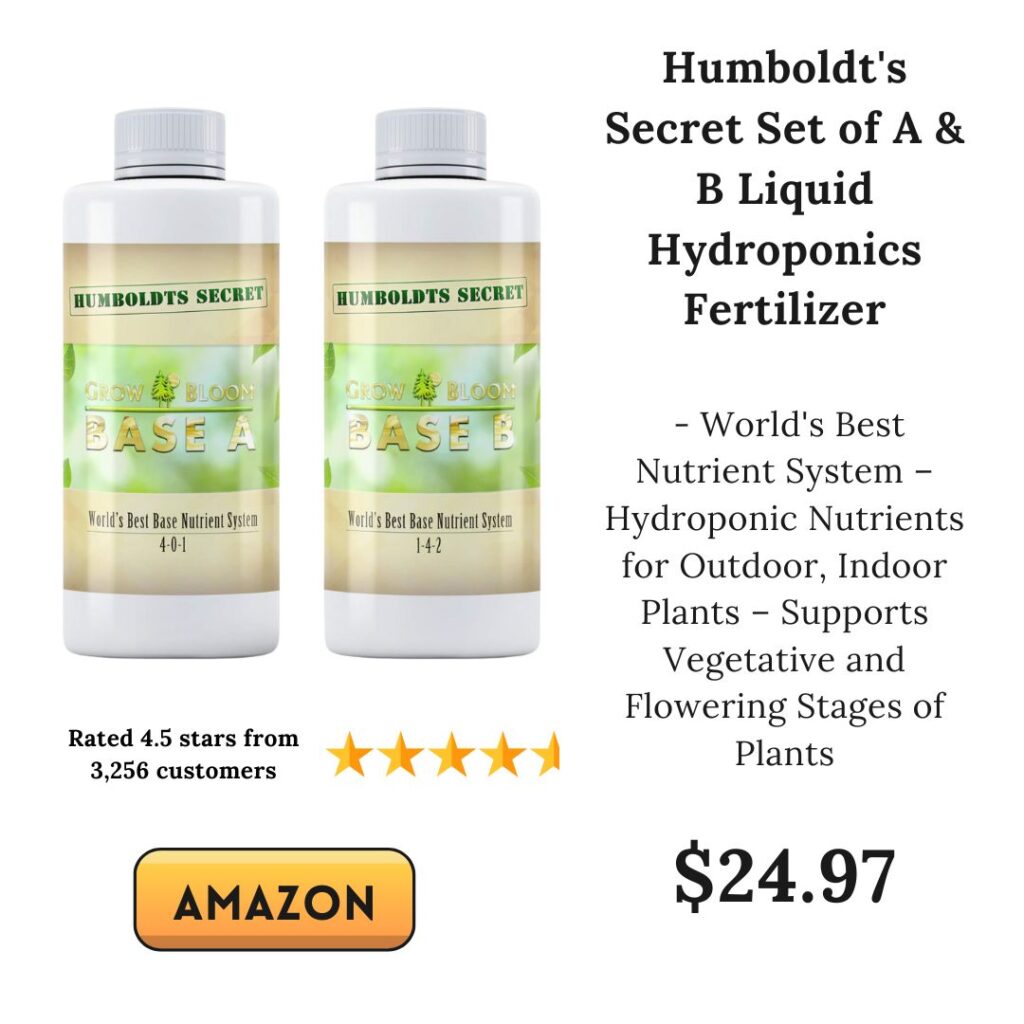
Best Hydroponic Fertilizer • Top Hydroponics Nutrients
Best Hydroponic Fertilizer: A Botanist's Guide To The Best Nutrients For Hydroponic Growing Systems In Your Home Or Greenhouse Configurations

After more than 30 years in the horticulture industry, one thing is clear: the right fertilizer makes or breaks your hydroponic grow. In traditional soil, nutrients accumulate and buffer over time.
Hydroponics doesn’t work like that. You control everything your plants receive. That includes every drop of water and every gram of nutrient. Getting it right isn’t just helpful—it’s essential.
In this article, we will discuss the necessary nutrients for optimal growth in modern hydroponics systems. We will also compare the best fertilizers and different brands of water-soluble fertilizers that produce the highest quality results from the best nutrient blends.
Top-Rated Hydroponic Fertilizers
Let’s look at some of the best hydroponic fertilizers available today:
1. General Hydroponics Flora Series
This three-part system (Grow, Bloom, and Micro) has been a popular choice for decades. It works in any hydroponic setup and suits a wide range of plants. You adjust the ratios depending on the stage of growth. It’s great for beginners who want a complete fertilizer program with high-quality ingredients.
2. Advanced Nutrients Grow, Micro, Bloom
Known for maintaining pH stability, Advanced Nutrients is widely used by commercial growers. This three-part solution includes organic materials and chelated trace minerals for better nutrient uptake. It’s more expensive than some options but delivers consistent, high-end results.
3. Fox Farm Hydro Liquid Trio
Fox Farm’s liquid trio (Grow Big, Tiger Bloom, and Big Bloom) contains organic fertilizers, micronutrients, and beneficial microbes. Many growers use it for hydroponic lettuce, leafy greens, and herbs. It supports vigorous vegetative growth and flowering.
4. Masterblend 4-18-38 + Calcium Nitrate + Magnesium Sulfate
This dry powder combo is common in large-scale and DIY hydroponic gardening made with organic nutrients and micro nutrients. It’s affordable, shelf-stable, and delivers a full range of essential elements. You mix a small amount of each component into water. Great for coco coir, coco peat, or any soilless grow medium.
5. Botanicare Pure Blend Pro
This is a one-part liquid nutrient system designed for organic hydroponic nutrients. It’s made with organic materials like fish meal, kelp, and composted seabird guano. It contains essential nutrients and trace minerals in a liquid form. Ideal for growers looking for an organic nutrient solution.
Quick Comparison Table
| Fertilizer | Type | NPK Ratio | Form | Best For |
|---|---|---|---|---|
| General Hydroponics Flora | Liquid | Variable (3-part) | Easy mix | Beginners & leafy greens |
| Advanced Nutrients | Liquid | Variable (3-part) | pH stable | Fruiting plants, commercial |
| Fox Farm Trio | Liquid | Varies | Organic-based | Herbs & flowers |
| Masterblend 4-18-38 | Powder | 4-18-38 (with Ca & Mg) | Cost-effective | DIY systems & large grows |
| Botanicare Pure Blend Pro | Liquid | Organic-based | 1-part | Organic growers |
Best Options For Small Home Hydroponic Units
What Makes Hydroponic Fertilizers Different?
In hydroponic systems, there is no soil to store nutrients. Every element your plant needs must come directly from the water. Hydroponic fertilizers deliver essential nutrients in a water-soluble form. These nutrients are absorbed by the plant roots almost immediately.
A good hydroponic fertilizer includes both macro and micronutrients. Nitrogen, phosphorus, and potassium (NPK) form the base. But that’s only the beginning. Calcium, magnesium, sulfur, iron, zinc, manganese, copper, boron, and molybdenum—the trace elements—are just as important. The best hydroponic nutrients offer a complete mix for healthy plant growth.
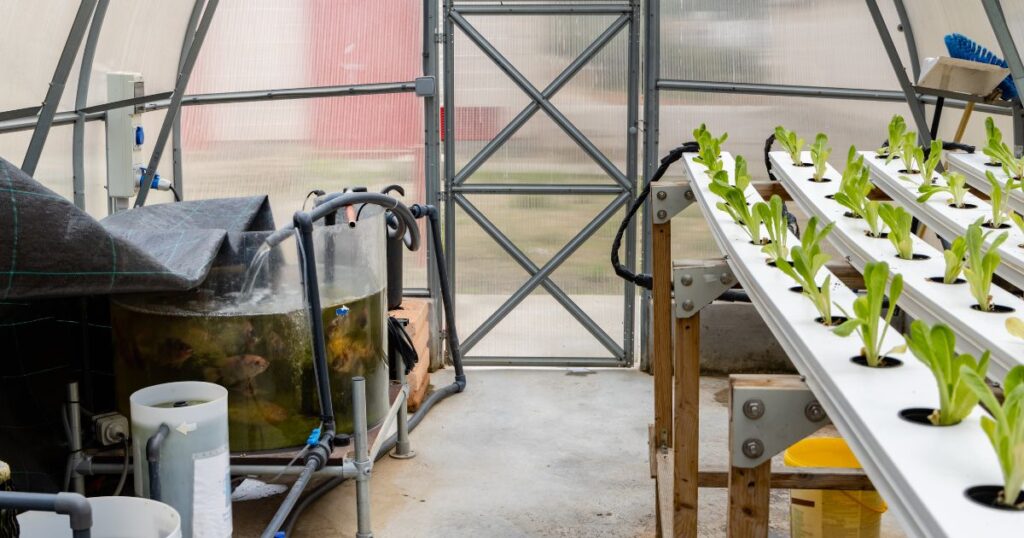
Why Nutrient Balance Matters
Each stage of growth needs a different nutrient balance. Seedlings, leafy greens, and flowering plants all take up nutrients differently. Using the right nutrient solution means giving your plants exactly what they need, when they need it.
Too much nitrogen during flowering? You’ll get leaves instead of blooms. Not enough calcium in early growth? Expect weak stems and slow root development. The right balance of nutrients supports strong roots, good leaf growth, and productive plants.
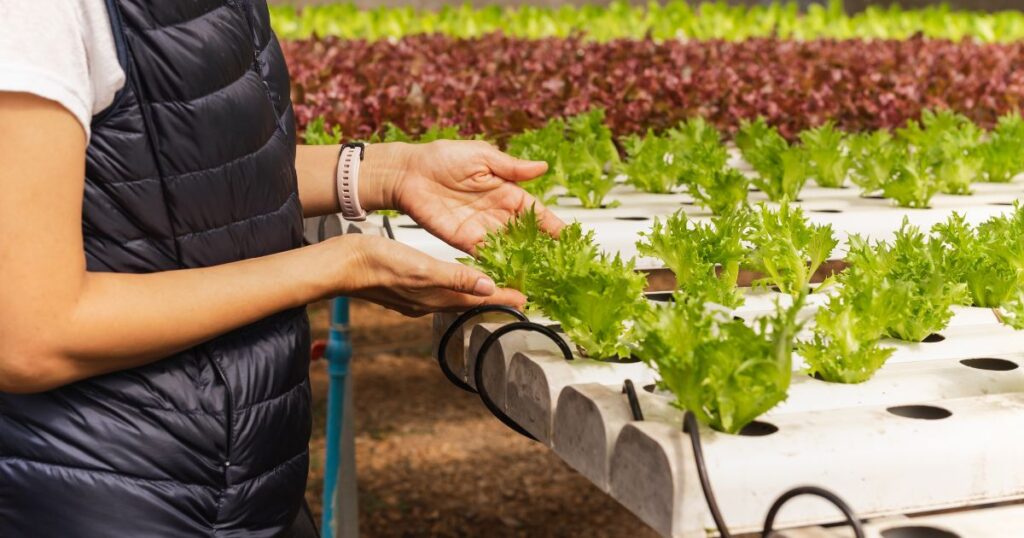
Liquid vs. Powder Nutrients (Hydroponic Nutrient Solutions)
Most home growers use either liquid nutrients or dry powder. Liquid fertilizers are easy to mix, precise, and widely available. They come in one-part or three-part solutions. Brands like General Hydroponics and Fox Farm offer reliable liquid options for beginners and experienced growers.
Dry powder fertilizers cost less per feeding and ship in smaller quantities. They work well for large-scale grows or when you’re feeding large quantities of plants. They do require accurate measuring and mixing. Some growers use Epsom salt (magnesium sulfate) and calcium nitrate to build their own nutrient mix.
Both forms work. The best choice depends on your setup, plant type, and experience.
Key Features to Look For
When choosing a hydroponic fertilizer, consider the following:
Complete nutrient profile: Make sure it includes NPK plus secondary and trace nutrients.
Ease of mixing: Liquid is simpler; powder is cheaper but needs precision.
Crop compatibility: Leafy greens and fruiting crops have different needs.
Solubility: Powder must dissolve fully; otherwise, it can clog pumps or lines.
pH stability: Choose a formula that doesn’t wildly shift your solution’s pH.
Understanding NPK and Essential Nutrients
Look at the label. The NPK levels tell you the ratio of nitrogen, phosphorus, and potassium. Each supports different parts of plant growth:
Nitrogen (N): Leaf and stem development
Phosphorus (P): Root formation and flowering
Potassium (K): Overall growth and plant strength
The best hydroponic fertilizers include a balanced NPK plus essential secondary nutrients (like calcium and magnesium) and micronutrients (iron, zinc, manganese, etc.). This full spectrum supports healthy plant growth from root to leaf.
Tailoring Nutrients to Plant Type
Different plants need different nutrients. Hydroponic lettuce, for example, grows well with a high-nitrogen, low-phosphorus mix. Flowering crops need more potassium. Knowing the specific needs of your plants helps you choose the right nutrients.
Are you growing leafy greens or tomatoes? Herbs or peppers? Each crop has different needs. Your feeding schedule, nutrient mix, and water source all play a role.
A few general guidelines:
Leafy greens: Higher nitrogen during the vegetative stage.
Fruiting crops (tomatoes, peppers): Increased phosphorus and potassium during flowering.
Herbs: Moderate all-around nutrition; avoid overfeeding.
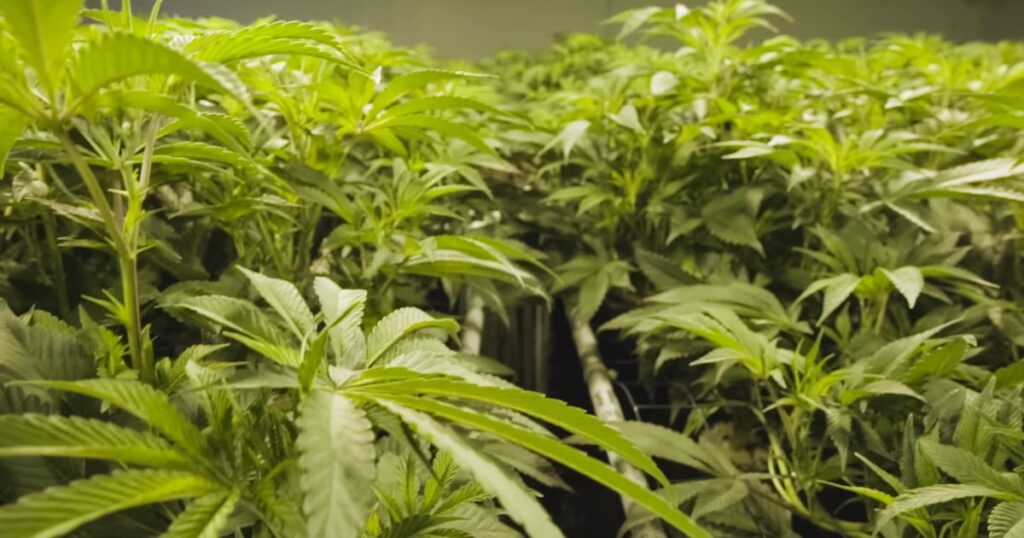
Hydroponic Nutrients for Marijuana Plants
Marijuana is a heavy feeder. It needs a complete fertilizer program with strong base nutrients, high-quality ingredients, and precise feeding schedules. During vegetative growth, cannabis plants use a lot of nitrogen. In flowering, they need more phosphorus and potassium.
Many growers use three-part hydroponic fertilizers like General Hydroponics Flora Series or Advanced Nutrients for marijuana. These allow you to adjust the nutrient mix at each stage. You get better nutrient uptake and healthier plants.
A good nutrient regimen for cannabis includes calcium nitrate, magnesium sulfate, and trace elements. pH level matters. Keep it between 5.8 and 6.2 for best results. Use a pH meter and monitor electrical conductivity often.
Organic hydroponic nutrients also work well for marijuana, especially in coco coir. Products like Botanicare or Fox Farm support healthy growth without synthetic additives. Look for organic materials that dissolve well in water.
Whether you’re doing your first grow or managing a commercial setup, nutrient levels, water source, and grow medium all affect your results. The best hydroponic fertilizer for marijuana is the one that meets the specific needs of your plants at each stage.
Importance of pH and Electrical Conductivity (EC)
A good nutrient solution is only effective if your pH level is correct. Most hydroponic plants thrive at a pH between 5.5 and 6.5. Use a reliable pH meter to monitor regularly.
Electrical conductivity (EC) measures the concentration of nutrients in your solution. Too low and your plants won’t get enough nutrients. Too high and roots can burn. Monitor EC to keep nutrient levels within the optimal range.
Keep an eye on:
Young seedlings: Lower EC (around 0.5–1.0 mS/cm)
Vegetative stage: Medium EC (1.2–2.0 mS/cm)
Flowering: Higher EC (up to 2.5 mS/cm)
Tips for Better Results
Start with a complete fertilizer. Choose one suited to your type of plants and growing medium.
Follow a nutrient regimen. Adjust your nutrient mix for each stage of growth.
Measure everything. Track your pH, EC, and feeding schedule.
Use clean water. Your water source affects nutrient uptake. Filtered or RO water is best.
Keep your reservoir clean. Prevent buildup that can interfere with nutrient delivery.
Mix small batches. Avoid waste and maintain the right balance of nutrients.
Watch your plants. Leaf color, root development, and growth rate show how well your nutrients are working.
Flush occasionally. Run plain water through your system to avoid salt buildup.
Check equipment. Replace clogged drippers and clean out tanks regularly.
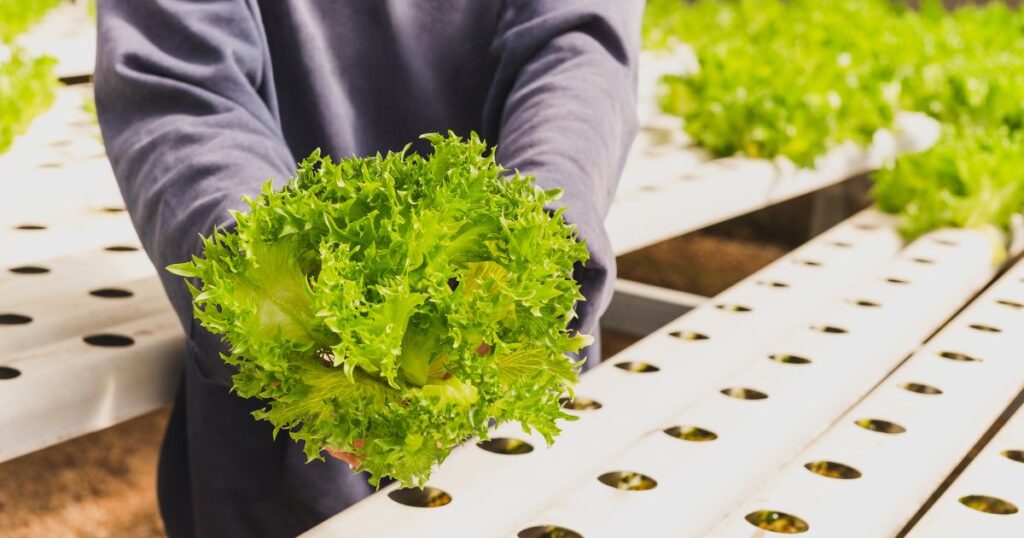
Common Mistakes to Avoid
Overfeeding: More nutrients aren’t always better. Follow feeding charts.
Ignoring water quality: High chlorine or hard water can interfere with absorption.
Skipping pH checks: A balanced solution is critical for nutrient uptake.
Using outdoor fertilizers: Always use products labeled for hydroponic use.
Inconsistent monitoring: EC and pH drift quickly in small systems.
Final Thoughts
Hydroponic gardening gives you control over every part of the growing process. That includes how and when your plants receive nutrients. Choosing the best hydroponic fertilizer starts with understanding your plants’ needs, your growing medium, and your water source. Whether you prefer liquid nutrient solution or powder nutrients, the goal is the same: healthy growth, strong roots, and productive plants.
Once you find the right nutrient solution and feeding schedule, the results speak for themselves. Healthy hydroponic plants, steady yields, and the satisfaction of growing in a clean, controlled environment. That’s the beauty of hydroponics when it’s done right.
With the right fertilizer, your hydroponic garden can be just as lush, productive, and rewarding as any soil-based system—if not more. Keep learning, observe your plants daily, and adjust your approach as needed. That’s how you become not just a grower, but a master of your growing environment.

Best Fertilizer For Endless Summer Hydrangeas
The old-fashioned and ever-popular big leaf hydrangeas have been regulars in royal and cottage gardens for centuries, but about 20 years ago a new and improved version of the classic hydrangea made its debut in the world of gardening.
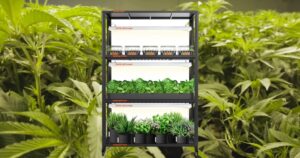
Best Hydroponic Racks For Indoor Hydro Grow Rack System
Best Hydroponic Racks For Indoor Hydro Grow Rack System Hydroponic Racks – How To Grow More Using Less Space – A Greenhouse Grower Shares His
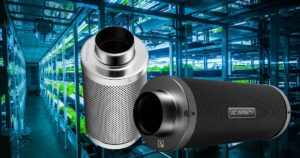
Best Carbon Filter For Grow Tent: Your Filters Review
Best Carbon Filter For Grow Tent: Your Filters Review Best Carbon Filter for Grow Tent: A Horticulturist’s Guide To Finding The Right Filter For Your

Best Hydroponic Fertilizer: Top Hydroponics Nutrients
Best Hydroponic Fertilizer • Top Hydroponics Nutrients Best Hydroponic Fertilizer: A Botanist’s Guide To The Best Nutrients For Hydroponic Growing Systems In Your Home Or
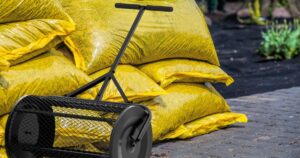
Best Compost Spreader: Top Spreaders For Your Lawn
Best Compost Spreader: Top Spreaders For Your Lawn And Garden A Horticulturist And Landscape Designer With Over 30 Years Of Experience Shares His Top Tips

How To Propagate Monstera Plants: Your Easy Guide
How To Propagate Monstera Plants: Your Easy Guide Learn How To How To Propagate Monstera Plants From A Gardening And Propagation Expert Who Specializes In
Disclosure:
Here at Nathan Heinrich INC, we only recommend products we would use ourselves and all opinions expressed here are our own.
This post may contain affiliate links with potential savings at no additional cost to you.
In some cases, we may earn a small commission.
Read our privacy policy for full details.

Nathan is a writer, designer, and horticulturist. Son of a 5th-generation California farming family, Nathan has a lifelong love for growing things. Nathan splits his time between his farms in Southern Tennessee and Central Italy, where he shares, weekly articles and videos about farming, gardening, botanical design, and more.
